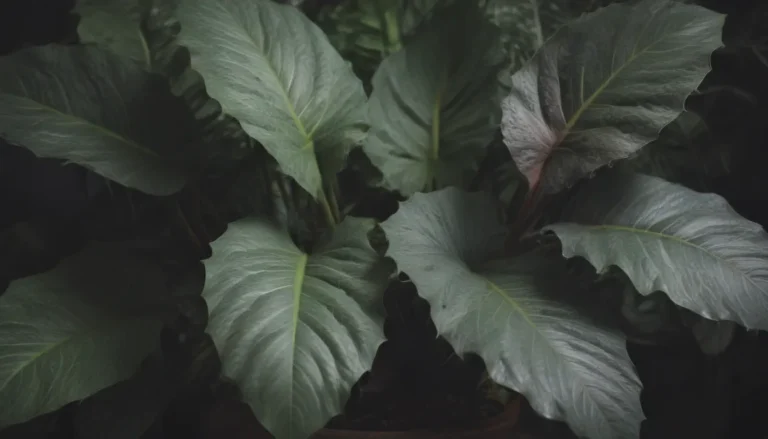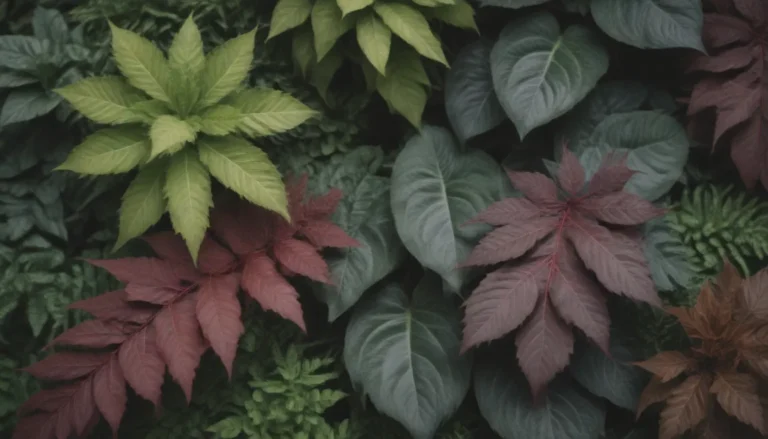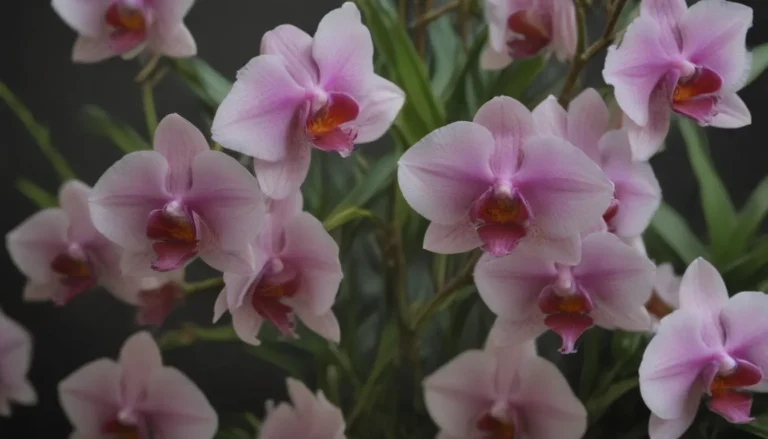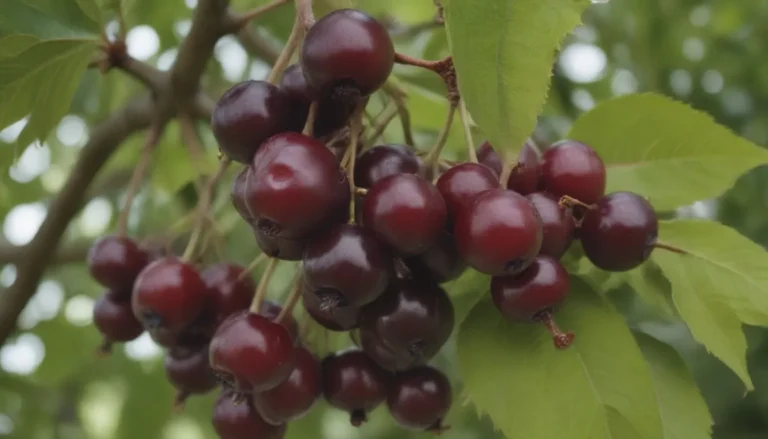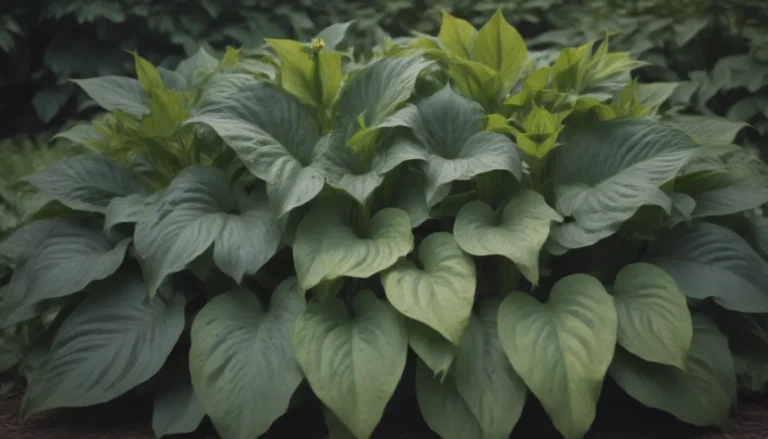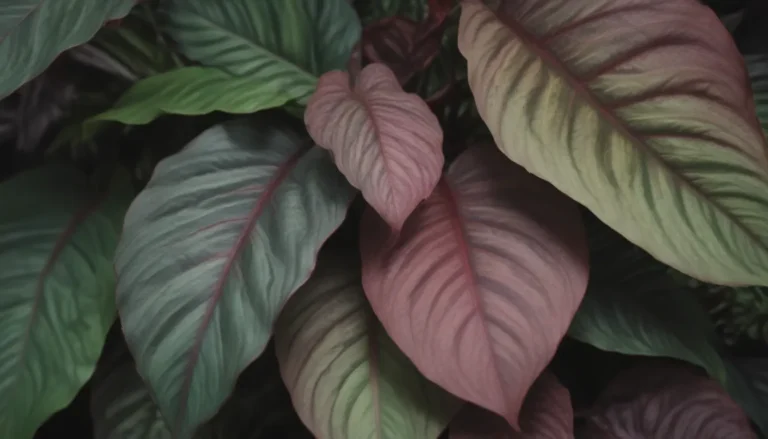The Ultimate Guide to Growing and Caring for Ginkgo Biloba Trees
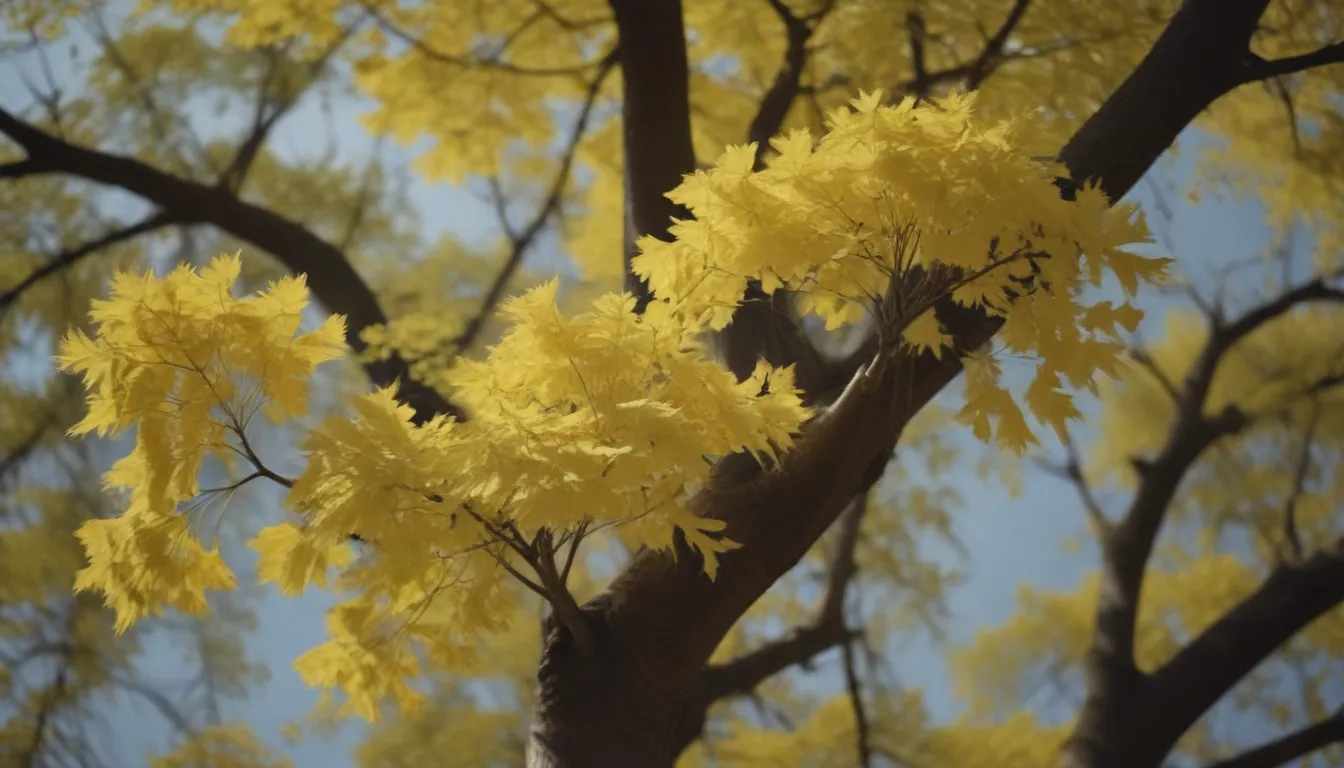
If you’re looking to add a unique and beautiful tree to your landscape, the Ginkgo biloba tree, also known as maidenhair, might be just what you need. This large, broadleaf, deciduous tree has a distinctive pyramid shape and is classified as a conifer, despite losing its leaves in winter. Did you know that some Ginkgo biloba trees are male, while others are female? It’s true – this tree is dioecious!
Native to China, Ginkgo biloba trees are slow-growing and can thrive in USDA planting zones 4 through 9. One of the most striking features of this tree is its fan-shaped leaves that turn a gorgeous golden-yellow in the fall. The transition from green to gold is truly a sight to behold, with some leaves even displaying two-toned colors of gold and green before fully changing. The unique fan shape of the leaves is the reason behind the common name “maidenhair,” as it is reminiscent of the maidenhair fern.
As Ginkgo biloba trees age, their bark becomes deeply furrowed, adding to their overall beauty and character. It’s important to note that the seeds produced by female Ginkgo biloba trees, and to a lesser extent the leaves, are toxic to both humans and pets. But don’t let that deter you from planting and caring for these magnificent trees!
Ginkgo Biloba Care Tips
Ginkgo biloba trees are not only visually appealing but also relatively easy to care for. Here are some tips to help you grow and maintain a healthy Ginkgo biloba tree in your landscape:
Light
- Plant your Ginkgo biloba tree in an area that receives full sun to part shade. Adequate sunlight is essential for the tree to thrive.
Soil
- Ginkgo biloba trees are not picky about soil conditions and can tolerate acidic or alkaline soil. They prefer well-drained sandy soil or loam with a pH range from 5.0 to 8.0. These trees are also more tolerant of compacted soil compared to other tree varieties.
Water
- Water your Ginkgo biloba tree as needed to keep the soil moist, especially when the tree is young. Once mature, these trees are relatively drought-tolerant. Ensure that the planting site has good drainage to prevent waterlogging.
Temperature and Humidity
- Ginkgo biloba trees can adapt to various moisture levels and temperatures, making them suitable for urban environments. However, they may struggle in hot, dry climates, so monitor their water needs during periods of intense heat.
Fertilizer
- Young Ginkgo biloba trees can benefit from a spring feeding of tree fertilizer. Follow the instructions on the product label for the correct amount to use. Mature trees typically do not require additional feeding.
When it comes to selecting the right Ginkgo biloba variety for your landscape, consider popular choices like ‘Autumn Gold,’ ‘Saratoga,’ ‘Fastigiata,’ ‘Princeton Sentry,’ ‘Fairmont,’ or ‘Pendula.’ Each variety offers unique characteristics that can enhance your outdoor space.
Pruning and Propagation Tips
To maintain the shape and health of your Ginkgo biloba tree, consider the following pruning and propagation tips:
Pruning
- Young Ginkgo biloba trees tend to grow narrow when they are young but can become quite wide as they mature. Prune young trees to promote a single leader and control their growth. Alternatively, select a cultivar with a naturally narrow shape to minimize pruning needs.
Propagating a Ginkgo Biloba Tree
- Ginkgo biloba trees can be propagated from cuttings. If you’re interested in propagating your own tree, follow the proper techniques to ensure success.
While growing Ginkgo biloba trees from seeds is possible, it’s best to opt for cuttings if you want to ensure that you are growing a male tree. This method eliminates the risk of planting a female tree that produces smelly and messy fruit-like seed balls.
Common Issues with Ginkgo Biloba Trees
If you’re considering adding a Ginkgo biloba tree to your landscape, be aware of some common issues associated with these trees:
- Male trees are typically preferred over female trees due to their lack of fruit production. Female trees can drop smelly and slippery seed balls that require regular cleanup.
- Fortunately, all-male cultivars are available, offering the beauty of Ginkgo biloba trees without the messy fruits.
- Ginkgo biloba trees are known for their longevity, with some trees living for over 1,000 years. They are not considered invasive species and have deep roots that grow downward instead of spreading outward.
In conclusion, Ginkgo biloba trees are not only beautiful additions to any landscape but also relatively low-maintenance and adaptable to various growing conditions. With proper care and attention, these ancient trees can thrive for generations, providing shade, beauty, and a touch of history to your outdoor space. So why not consider planting a Ginkgo biloba tree in your garden and enjoy the many benefits it has to offer?
